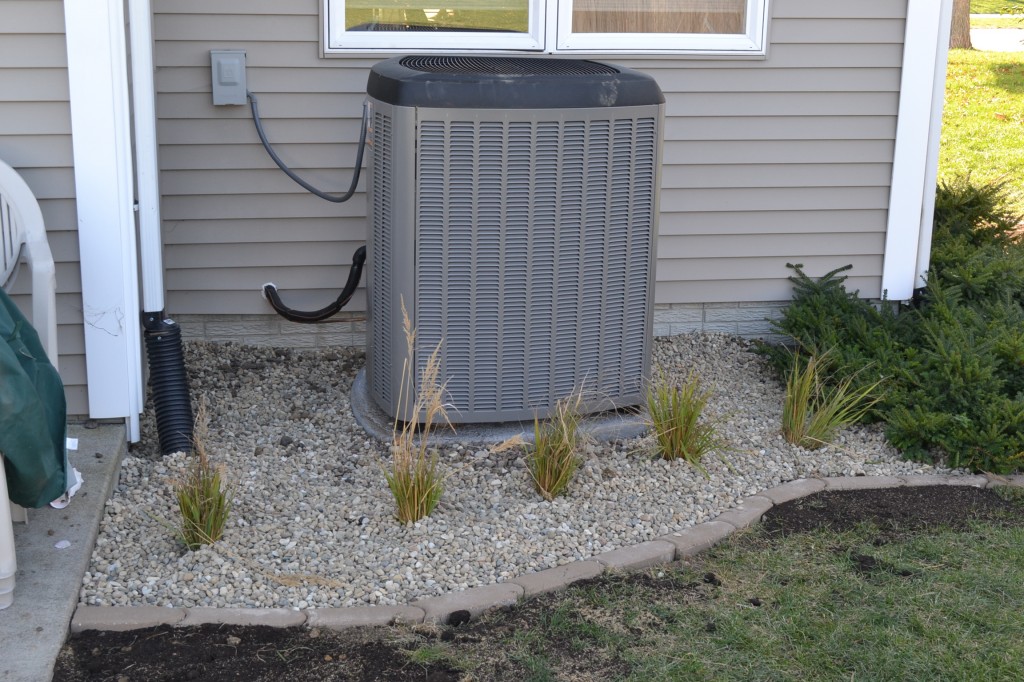Landscape boarders are not limited to just edging materials. Your traditional landscape boarders include plastic edging and paver edging. If you are looking to spice up the edging of your landscape here are a few options.
Concrete curb edging
Concrete curb edging is poured cement edging. Concrete curb edging can be stamped with different types of patterns to give your landscape a unique design. This type of edging can also be colored to give your landscape a specific desired color. With different patterns and colors, your options are limit-less. If you want that added flare of flavor, you can also add rope lighting to your edging. Rope edging can be inserted into the back of the edging to illuminate and highlight your landscape boarders. Using rope edging reduces the need for decorative lighting that sticks up out of the ground.
Landscape boarders out of plant material
Choosing the right plant material can also add definition to your landscape boarders. Perennial plants that are low-lying and spreading can be trained to act as landscape boarders. If you have a natural edge between your lawn and landscape bed, perennial plants can provide a defining line in your project. Some low-lying evergreen shrubs are also perfect candidates for border material. With any living plant, it is necessary to frequently prune the plant to the contours of your project. Boarder plants that become overgrown may encroach on the existing lawn and cause it to die out. Routinely shaping your shrubs and cutting back perennials will help define your bed.
Manual edging
Manual edging can help keep grass out of your landscape. Spading the edge of your bed with a shovel annually can re-define the edges of your bed. Chemical control through the use of round-up can also tame your lawn back. There are many hand tools available that can help assist you in manual edging your landscape boarders.

